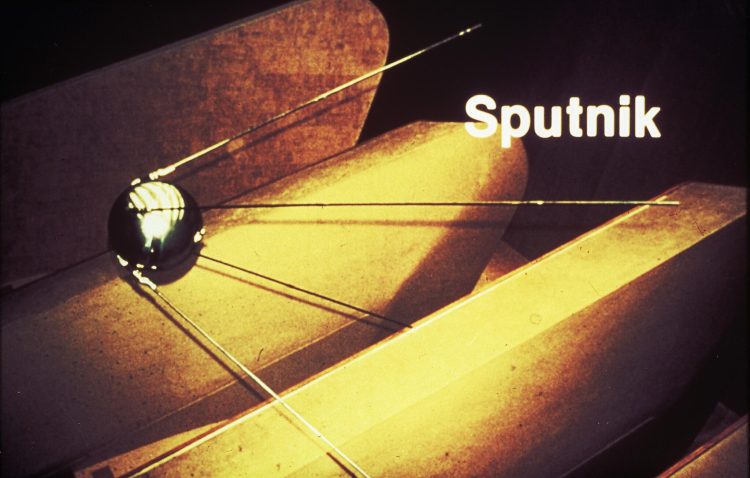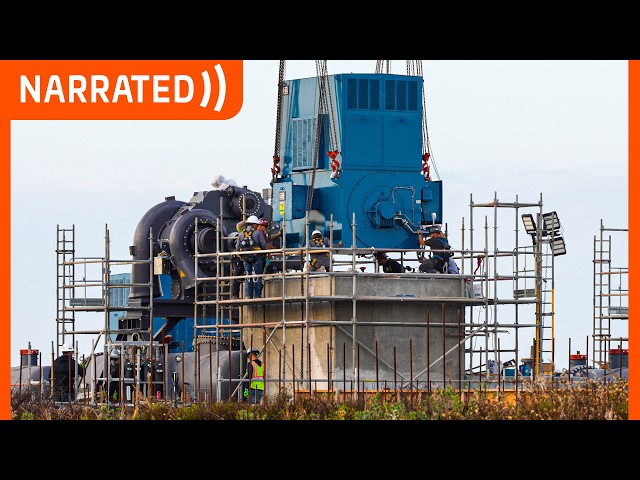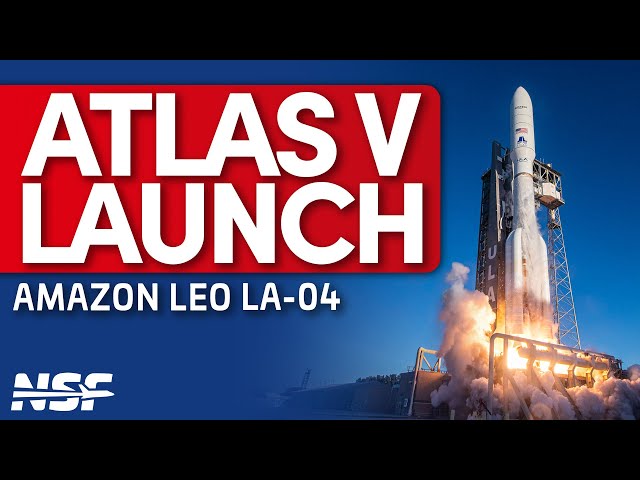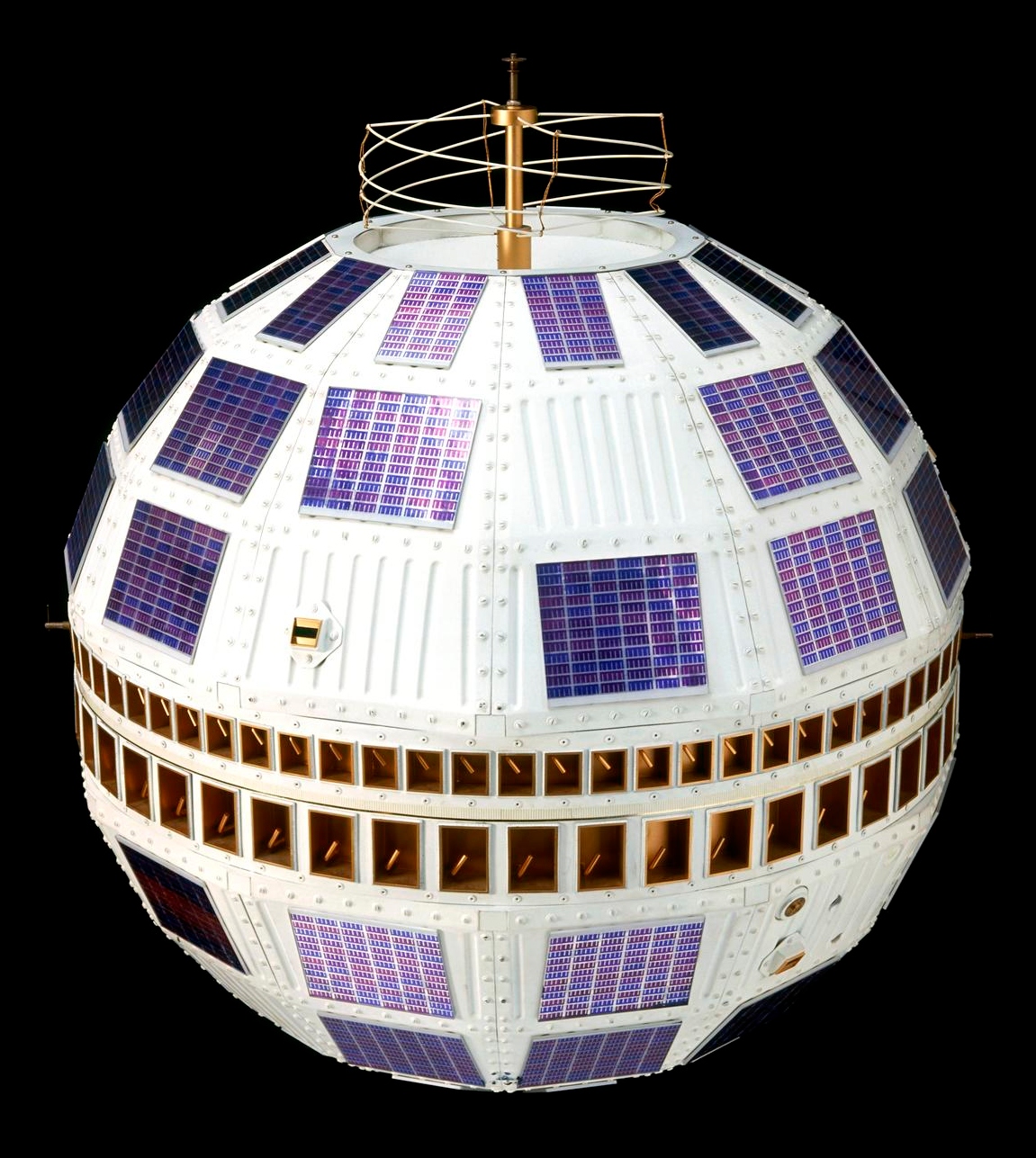Introduction
In October 1957, the Soviet Union launched the world’s first artificial satellite, Sputnik 1, into space. This momentous event marked the beginning of the Space Age and sparked a new era of scientific exploration and technological advancements.
The Birth of Sputnik
Sputnik 1, weighing approximately 184 pounds, was a small spherical spacecraft equipped with four external antennas and a radio transmitter. Its main purpose was to transmit simple signals back to Earth, which could be received by amateur radio enthusiasts around the world.
The Launch
On October 4, 1957, Sputnik 1 was launched into orbit from the Baikonur Cosmodrome in present-day Kazakhstan. The launch vehicle, known as the R-7 rocket, carried the satellite to an altitude of 559 kilometers above the Earth’s surface.
The Impact
The launch of Sputnik 1 had a profound impact on the world. It demonstrated the technological capabilities of the Soviet Union and sparked a wave of interest in space exploration among other nations, particularly the United States.
Shortly after the launch of Sputnik 1, the U.S. government established NASA (National Aeronautics and Space Administration) to coordinate efforts in space exploration and technological advancements. This marked the beginning of the Space Race between the United States and the Soviet Union.
Sputnik 2 and Laika
Less than a month after the launch of Sputnik 1, the Soviet Union launched another satellite, Sputnik 2, into space. This time, the spacecraft carried a living passenger, a dog named Laika, making her the first living being to orbit the Earth.
Legacy and Significance
The launch of the Sputnik satellite had far-reaching consequences. It not only initiated the Space Age but also led to significant advancements in various fields, such as telecommunications, weather forecasting, and global positioning systems. The successful launch of Sputnik 1 also inspired generations of scientists, engineers, and astronauts to push the boundaries of space exploration.
Today, satellites play a crucial role in our daily lives, providing vital services such as communication, navigation, and remote sensing. They enable us to connect with people across the globe, access global positioning information, and gather valuable data about Earth’s environment.
Conclusion
The launch of the Sputnik satellite was a monumental achievement that revolutionized our understanding of space and paved the way for future space exploration missions. It sparked a global fascination with the cosmos and led to significant advancements that continue to shape our lives today.









